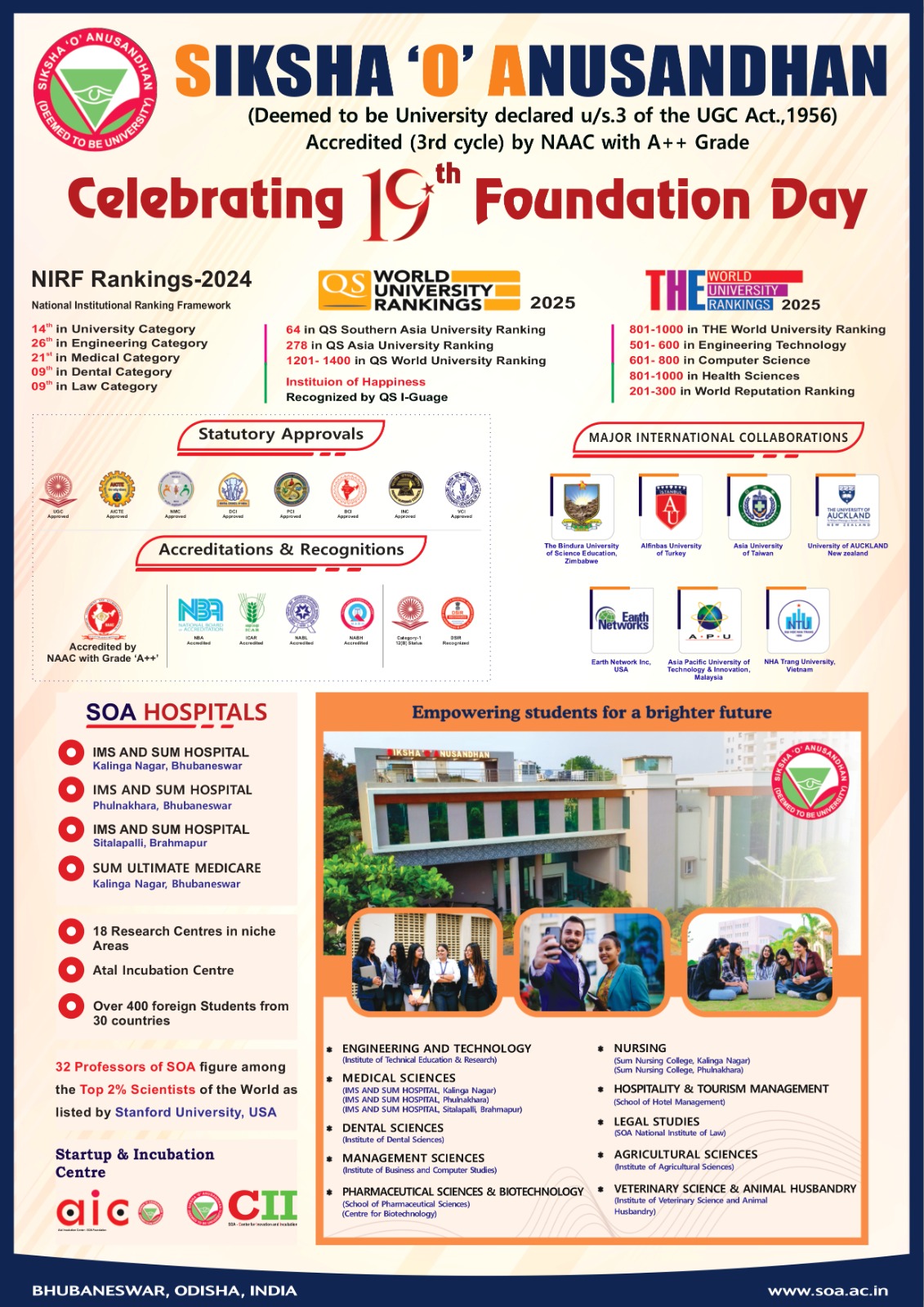New Delhi: The World Health Organisation on Sunday called on countries in the South-East Asia Region and globally to urgently address gaps in leprosy services, disrupted by the Covid-19 pandemic and to accelerate efforts towards zero leprosy infection and disease, zero leprosy disability, and zero leprosy stigma and discrimination, which is the vision of the WHO Global Leprosy Strategy 2021-2030.
The World Leprosy Day (WLD) is observed on the last Sunday of January, as an opportunity to celebrate people who have experienced leprosy, raise awareness of the disease, and call for an end to leprosy-related stigma and discrimination. The theme of World Leprosy Day 2023 is ‘Act Now. End Leprosy’.
“Leprosy is 100 percent curable when detected early, yet today in addition to Covid-19 related challenges, stigma and discrimination – both institutionalised and informal, continue to impede prompt diagnosis and treatment and facilitate onward spread. This has to change,” said Dr Poonam Khetrapal Singh, Regional Director, WHO South-East Asia.
In 2021, 140,000 new leprosy cases were reported, with 95 per cent of new cases coming from the 23 global priority countries. Of these, 6 per cent were diagnosed with visible deformities or grade-2 disabilities (G2D). Over 6 per cent of new cases were children under the age of 15, with 368 being diagnosed with grade-2 disabilities.
Dr Singh further added that the countries must continue to urgently restore leprosy services, with a focus on expanding single dose rifampicin chemoprophylaxis, intensifying active case finding, and ensuring prompt diagnosis and treatment with multidrug therapy.
She stressed on focusing attention on vulnerable populations, including women, children, immigrants, refugees, the elderly, the homeless, residents of deprived leprosy colonies and those living in geographically inaccessible areas to end suffering and achieve zero leprosy.
“Over the past decade, strong progress was achieved in several key areas of leprosy prevention, treatment, and control globally, with new child case detection reduced by 27 per cent between 2010 and 2019, visible deformities at time of diagnosis reduced by 23 per cent between 2014 and 2019 and new child case detection rate reduced to 7.6 per million children as opposed to 9.8 in 2014”, Dr Singh said.
“With up to 50 per cent of persons affected by leprosy facing psychiatric morbidities such as depression, anxiety disorders and suicide attempts, countries should also increase access for persons affected by leprosy and their families to mental health care, a key feature of the Global Leprosy Strategy, along with scaling up diagnosis and treatment,” she added.
Dr Singh called for persons affected by leprosy be engaged, empowered and involved in all aspects of decision-making, including in service design and delivery, and in social and economic activities. “For this, community-based organisations and networks should be supported, nurtured and included in decision-making processes while expanding services that strengthen livelihoods,” she underlined.
(IANS)

















